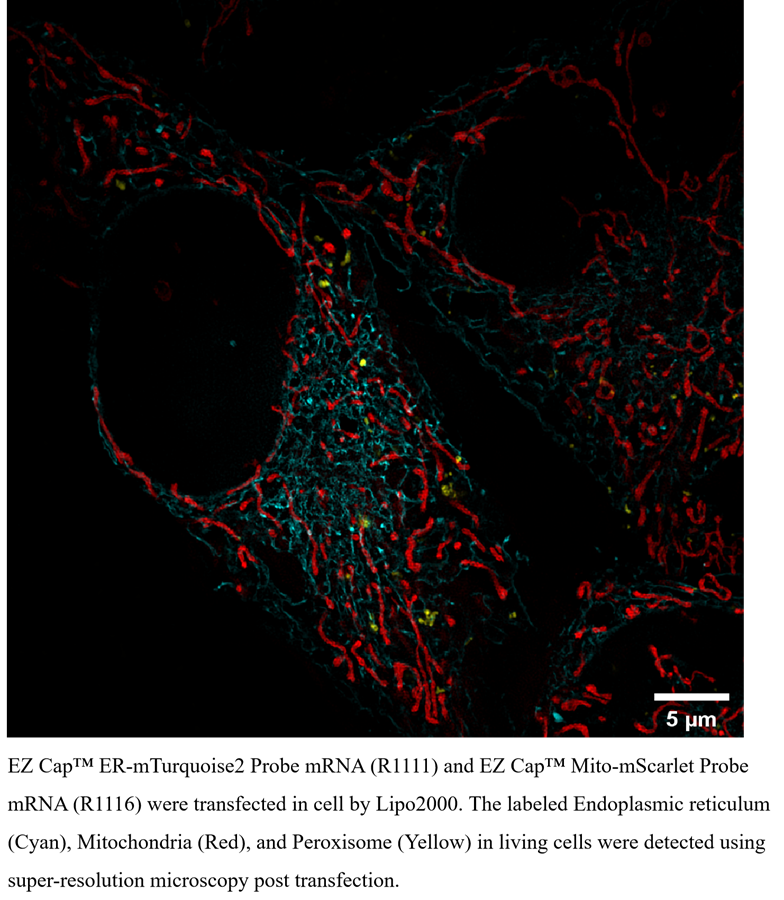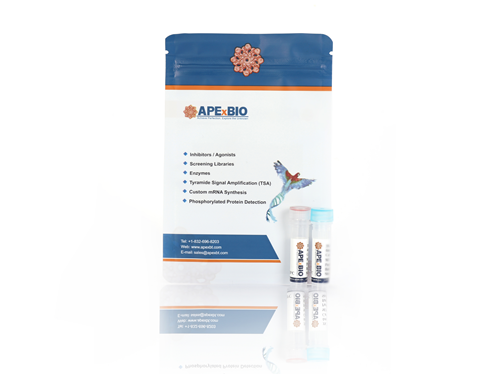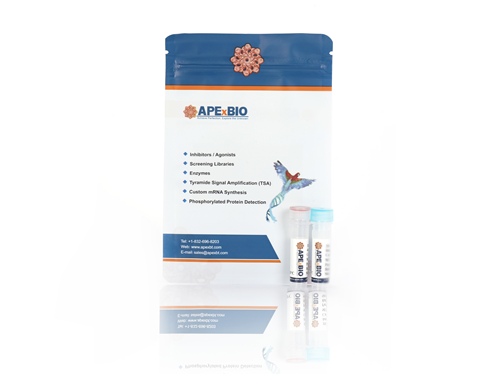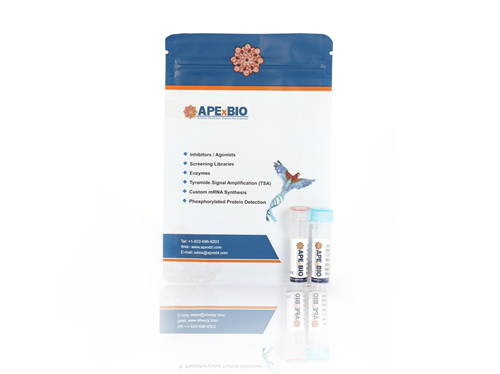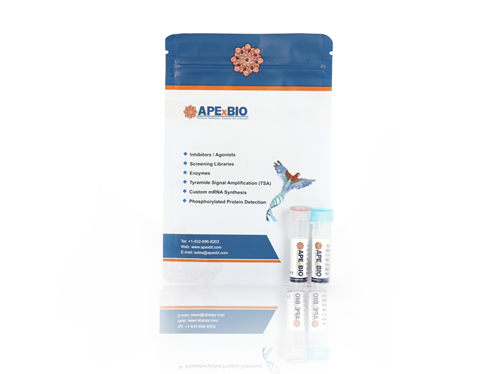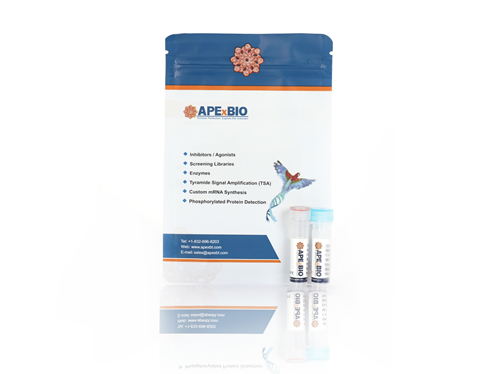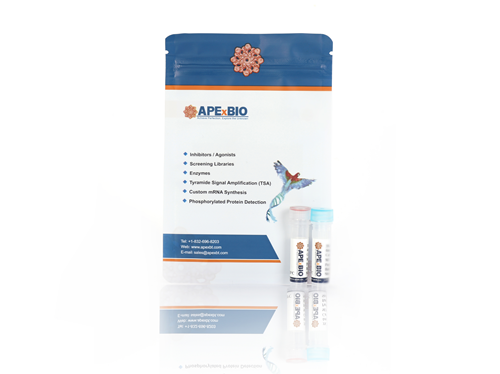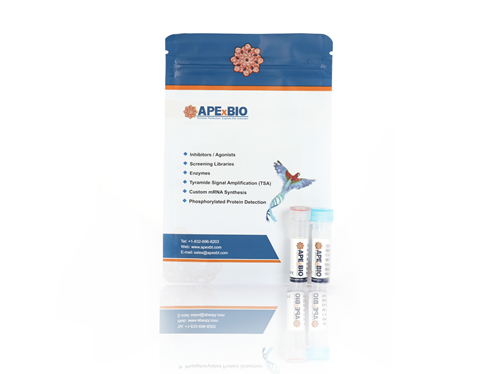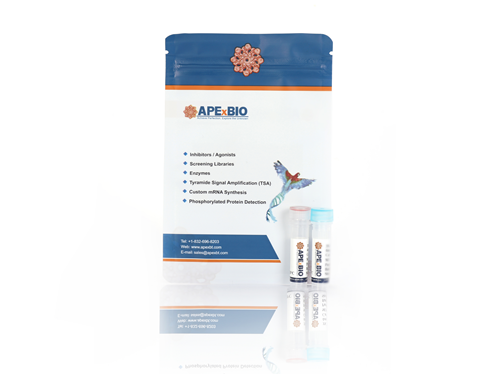EZ Cap™ ER-mTurquoise2 Probe mRNA (m1Ψ)
mTurquoise2 itself is a cyan fluorescent protein with high brightness and stability, suitable for use in live cell imaging. Endoplasmic reticulum (ER) is one of the important organelles, and ER-mTurquoise2 protein can accurately locate to the ER by adding specific signal sequences, so as to realize the cyan fluorescence labeling of ER. The ER-mTurquoise2 fluorescent protein marker is ideal for studying ER related functions such as protein folding, calcium ion storage, and lipid synthesis, and its high light stability and brightness make it ideal for live cell imaging experiments to help better understand dynamic processes within cells.
EZ Cap™ ER-mTurquoise2 Probe mRNA (m1Ψ) is provided at a concentration of ~1 mg/ml with Cap1 structure. It is specifically used for the expression of cyan fluorescent protein markers in ER. There are currently two ways to cap mRNA: One is co-transcription method, by adding Cap analogues into the transcription process. The other is enzymatic Capping. After transcription, Cap0 capping is performed by Vaccinia virus Capping Enzyme (VCE), GTP and S-adenosylmethionine (SAM). The Cap0 is then generated into the Cap1 through 2´-O-Methyltransferase and SAM. Cap1 Capping can also be performed by adding VCE, 2´-O-Methyltransferase, GTP and SAM in a one-step process. Cap 1 structure is more ideal for mammalian systems and possess higher transcription efficiency than Cap 0 structure. The addition of N1-Methylpseudo-UTP(m1Ψ) and poly(A) tail suppress RNA-mediated innate immune activation and increase the stability and lifetime of the mRNA in vitro and in vivo. Poly(A) tail also plays an important role in enhancing the efficiency of translation initiation.
|
mRNA Length |
1091 nucleotides |
||
|
Concentration |
~1 mg/mL |
||
|
Excitation max (nm) |
434 nm (mTurquoise2) |
||
|
Emission max (nm) |
474 nm (mTurquoise2) |
||
|
Buffer |
1 mM Sodium Citrate, pH 6.4 |
Storage |
-40°C or below |
|
General tips |
Please dissolve it on ice and protect from RNase carefully. Avoid repeated freeze/thaw cycles as possible. Don’t vortex. Upon first use, centrifuge the tube softly and aliquot it into several single use portions. Use RNase-free reagents and materials with appropriate RNase-free technique. Don’t add to the media with serum unless mixing with a transfection reagent. |
||
|
Shipping Condition |
ship with dry ice |
||
